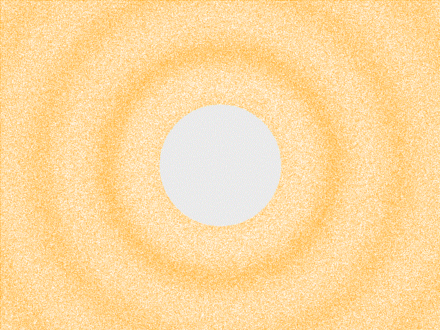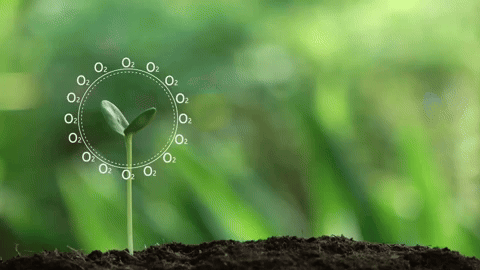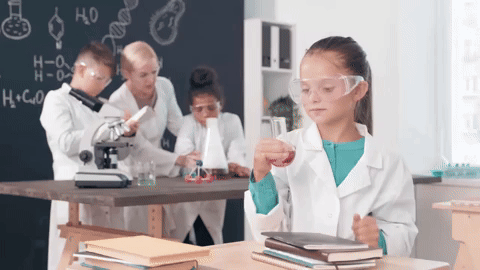
Calling All Parents Of 5 to 12-Year-Olds Looking
For A Modern Science Curriculum
-
Do you want to inspire your primary school child to learn and love modern 21st Century science?
-
Do you want them to have FUN while learning advanced science these holidays?
-
Do you want to leap frog them 10 years ahead of their school classes and set them up for confidence and success in high school and beyond?
Our 2-hour workshops are FUN. They're both hands-on and minds-on so they engage both your child's left side and right side of the brain. We target the Big Ideas in STEM and science rather than the "baby science" they get in school. Our core curriculum covers the Periodic Table, molecular theory, electric charges and protons, electrons and neutrons. We make it easy and fun for them to fly higher in their science journey.
See our advanced curriculum below.

Special Offers
Up to 25% discount is available for siblings and multiple bookings. See here for details.

Advanced Workshop: The Secrets of Water, Light & Sound Waves
Discover the Exciting World of Quantum Leaps!
Waves are like the high-fives of the universe! They’re all about energy moving through a medium—whether that’s water, air, or even solid ground—without the actual material traveling along. Picture yourself doing “the wave” at a stadium: each person stands up and sits down, but the wave of motion travels around the whole crowd.

Waves have cool characteristics like:
-
Wavelength: The distance between two crests (the highest points).
-
Frequency: How many waves pass a point in a second.
-
Amplitude: The height of the wave, which shows how strong it is.


There are different types of waves:
-
Water waves: Think of the ripples when you toss a pebble into a pond.
-
Sound waves: Vibrations traveling through the air that let you hear your favorite music.
-
Light waves: These waves can travel through the vacuum of space, bringing sunlight to Earth and letting you see everything around you.
🌊🎶🌈

So, next time you see waves at the beach, hear a song, or see a rainbow, you’ll know it’s all about waves bringing energy and information in the most awesome ways!
All atoms can make light. How do they do this?
The atom's electrons occupy energy levels like the floors of a building, with the ground floor being the lowest energy level and higher floors representing higher energy levels. Just like how we get excited when we receive a surprise gift or experience something new, atoms' electrons can also get excited when they receive extra energy!


This can be done by zapping the atoms with electricity, heating them up, or using other forms of energy. When the electrons absorb this extra energy, they become like kids on a high-energy playground - we say they're in an "excited state." Imagine the electrons on higher floors, feeling all thrilled and buzzing with excitement! But don’t imagine too hard, because as far as we know, electrons don’t really feel things.
And here’s the fascinating part. The colour or wavelength of the light depends on how far they fall. This means we can figure out how far apart the energy levels are by measuring the light’s wavelength. It's like being a detective and solving the mystery of the atom's energy levels!


Advanced Workshop: Electromagnetism
How It Makes the World Go Round
Buckle up for a mind-blowing revelation: electricity and magnetism are like BFFs, two peas in a pod! It's like a cosmic connection – electricity can whip up magnets, and magnets can conjure electricity. Mind. Blown.


Why does this matter, you ask? Well, we've harnessed this dynamic duo to create the coolest contraptions on the block – electric motors and their funky cousins, electric generators. The best part? We're not stuck relying solely on batteries to power our homes or devices. But hey, having both options is like having your cake and eating it too.
Now, imagine diving into a workshop where the magic happens. You'll get the inside story on magnetic fields, and even map their field lines courtesy of your everyday magnet. Ever wondered how electricity can flex its muscles and create a magnetic field? We'll unravel that mystery too. But hold on to your lab coats because we're flipping the script – you'll learn how to turn a magnetic field into electricity. Ta-da! Along the way, you'll be the wizard behind the curtain, crafting your very own electric motor, a legit transformer (no Hollywood glam here), and the world's simplest electric train. Get ready for a wild ride through the electrifying wonderland of magnets and electricity – where science meets pure, unadulterated FUN! 🚀✨



Advanced Workshop: Ionic vs Covalent Substances
How Protons & Electrons Glue the World Together
Ionic and covalent substances are all around us, and they're also on the cutting edge of technology. Of course, lithium ION batteries are fast revolutionising our economy and this workshop will allow your student to quickly grasp what a lithium ion is, and why it's better than many others.
It's protons and electrons that determine whether a substance is ionic or covalent. By understanding how they are organised inside atoms using our hands-on Atom Maker, we can easily work out why some combinations of atoms lead to an ionic compound like salt (NaCl) and others to covalent substances like water (H2O).

Advanced Workshop: Organic Chemistry
Discover The Building Blocks Of Life

Life on Earth started about 4 billion years ago! While we're still figuring out exactly where—whether in the air, sea, or on asteroids from outer space—we do know that just four kinds of atoms played a starring role: carbon, hydrogen, oxygen, and nitrogen, which together make up over 96% of our weight.
Carbon is the ultimate ringmaster because it loves making four bonds with other atoms. Together with small amounts of sulfur and phosphorus, they combine to form carbohydrates, proteins, lipids, and DNA, the blueprint of life. What a spectacular molecular orchestra they make!



In this workshop, you'll first build molecular models of hydrocarbons, the rock stars of the chemistry world, made up of just hydrogen and carbon. They’re the foundation of all kinds of cool stuff, from the fuel in your car to the building blocks of plastics to the backbone of many molecules in your body. You’ll even get to burn hydrocarbons and then test the combustion products to see what they make. Get ready for some hands-on chemistry fun!

Life on Earth started about 4 billion years ago! While we're still figuring out exactly where—whether in the air, sea, or on asteroids from outer space—we do know that just four kinds of atoms played a starring role: carbon, hydrogen, oxygen, and nitrogen, which together make up over 96% of our weight.
Carbon is the ultimate ringmaster because it loves making four bonds with other atoms. Together with small amounts of sulfur and phosphorus, they combine to form carbohydrates, proteins, lipids, and DNA, the blueprint of life. What a spectacular molecular orchestra they make!


Put on your safety goggles and discover how burning organic molecules forms CO2 and H2O.
Then we’ll throw in some oxygen atoms to spice things up and make alkanols (aka alcohols, such as ethanol), alkanals (aka aldehydes, such as formaldehyde), alkanones (aka ketones, such as acetone), and alkanoic acids (aka carboxylic acids, such as acetic acid in vinegar). Soon you will be able to identify an organic compound like a pro.




Finally, we’ll give you some wildcard molecules with distinct personalities, which you might have already met in real life without realizing it—like ethyl acetate found in fruit, benzaldehyde found in almonds, and vanillin found in, you guessed it, vanilla beans.
Get ready for a fun and fragrant exploration of the amazing world of organic chemistry!


.png)
96% of living things are made of just four elements- carbon, hydrogen, oxygen and nitrogen. With these building blocks the key molecules of life including amino acids, carbohydrates, lipids can be made. Adding sulfur and phosphorous also builds all the proteins, RNA and DNA. Our bodies need another 50 of the elements, but they account for only about 4% of us. And it’s good to dodge mercury, lead, arsenic and the radioactive ones.
Aluminium is a strange case as it’s the 3rd most abundant kind of atom on earth, yet our bodies have not found a use for it. Luckily we have found a use for it as the bodies of aeroplanes, cars and Coke cans.
Advanced Workshop: Photosynthesis
How Plants Make Your Food and O2
Photosynthesis is like a plant’s recipe for making its own food! Using sunlight, water, and carbon dioxide from the air, plants create glucose, a type of sugar that is just prefect for our fuel. That has to be the worlds best deal for us humans!

Here’s how it works: the leaves absorb sunlight, which powers a chemical reaction. In this reaction, the plant takes in carbon dioxide and water from the soil, then rearranges them to make glucose and releases oxygen into the air. This process not only feeds the plant but also produces the oxygen we breathe. Photosynthesis is nature’s way of turning sunlight into life-supporting energy for almost all living things!


You'll look through a microscope and discover the little holes in the leaf where CO2 molecules enter and the O2 leave the plant. These holes in the leaf are called stomata and you can think of them like little plant "noses" for exchanging gases with the outside world.
6CO2+6H2O+light energy→C6H12O6+6O2




stomata

Advanced Workshop: Polymers
How Molecules Make Daisy Chains!
Polymers are like molecular chains made up of repeating smaller units called monomers. Imagine a string of beads, where each bead is a monomer, and the whole string is the polymer! These chains can be long, short, stretchy, stiff, or flexible depending on how they’re arranged. Polymers are everywhere around us: in nature, they form things like DNA (which carries our genetic information) and cellulose (which makes up plant walls). Humans have also invented synthetic polymers, like plastic, rubber, and nylon, which we use in countless products. Polymers are incredibly versatile, making them essential in everything from clothing to technology!
















